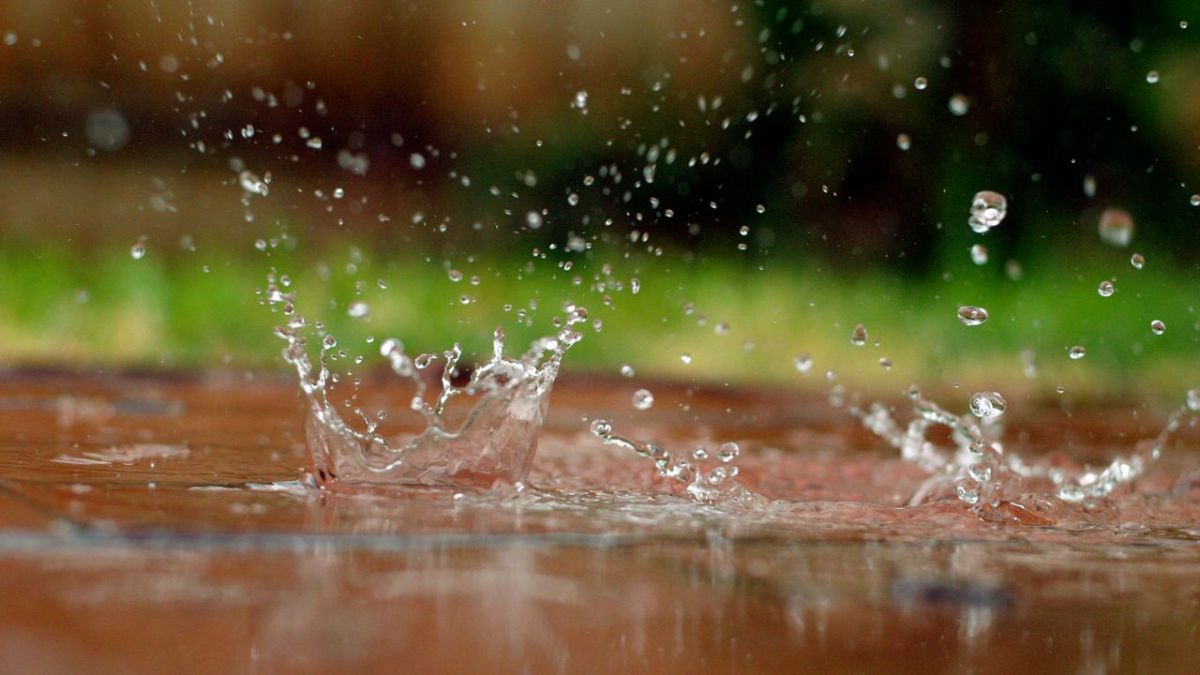In the high-stakes world of cricket, where the pitch can make or break a match, Bangladesh’s tracks are infamous for being slow, low, and spin-friendly. Fans at Dhaka’s Sher-e-Bangla Stadium or Chattogram’s Zahur Ahmed Chowdhury Stadium often watch spinners like Shakib Al Hasan or Mehidy Hasan Miraz dominate, while pacers struggle on surfaces that offer little bounce or carry. This isn’t a fluke—it’s a deliberate strategy, shaped by soil, climate, and cricketing philosophy. But why does Bangladesh stick to these sluggish pitches, and is it true they can’t produce the bouncy, pacer-friendly tracks seen in places like Perth or Johannesburg? Let’s fact-check the claims, unpack the science, and scrutinize the strategy behind Bangladesh’s pitch production, with a sardonic nod to whether this is a masterplan or a self-inflicted trap.
Claim 1: Bangladesh’s Pitches Are Designed for Spin
Fact-Check: True, with Strategic Intent
Bangladesh’s pitches are tailored to favor spin bowling. Since 2016, venues like Mirpur have consistently produced tracks that turn sharply, often from day one. ESPNcricinfo data from 2016-2018 shows spinners thriving: Taijul Islam took 50 wickets at 23.76, and Mehidy Hasan claimed 46 at 23.54 in home Tests. This led to landmark wins against England (2016), Australia (2017), and the West Indies (2018). In one Dhaka Test, spinners snagged 13 of 15 wickets in a single day.
The Bangladesh Cricket Board (BCB) leans into this advantage. This aligns with Bangladesh’s strength: a deep pool of spinners compared to a thinner pace-bowling roster. By preparing turning tracks, they neutralize visiting pacers and amplify their spin attack. However, this strategy has a downside—Bangladeshi batsmen, averaging just around 28 against spin at home in recent years, struggle on bouncier pitches abroad, where their average dips below 25.
Claim 2: Soil and Climate Make Bouncy Pitches Impossible
Fact-Check: Partially True, but Overstated
The argument that Bangladesh’s soil and climate prevent bouncy pitches is a common one. The country’s dominant soil types—red and black clay—differ from the high-elasticity clay found in Australia’s WACA or South Africa’s Wanderers. Black clay, prevalent in Dhaka, absorbs water and stays cohesive, creating sticky, low-bounce surfaces ideal for spin. Red clay, used in Chattogram, dries faster and cracks, aiding spinners as matches wear on. A 2021 report noted, “The soil in Bangladesh is perhaps one of the biggest reasons why the BCB have not been able to prepare sporting pitches.”
Climate is another factor. Bangladesh’s humid, monsoon-driven weather, with 2,000 mm of annual rainfall, keeps pitches moist. Groundsmen often shave grass to avoid water retention, as grass holds moisture, creating “sticky wickets” that slow the ball. Unlike Perth’s dry, hard clay, which produces chest-high bounce, Bangladesh’s humid conditions soften surfaces, reducing carry. A 2019 study by the International Cricket Council (ICC) confirmed that high humidity and clay-heavy soils correlate with lower bounce.
But is it impossible to create bouncy pitches? Not quite. Techniques like heavier rolling, controlled watering, and grass cover can harden surfaces, even on clay soils. Hybrid pitches, blending natural grass with synthetic fibers, could also work. Used in England’s Royal London One Day Cup, these pitches offer consistent bounce and better drainage, countering Bangladesh’s wet climate. Paul Nixon, former Chattogram Challengers coach, told The Daily Star in 2019 that hybrid wickets “could really help Bangladesh” by providing carry.
Claim 3: Bangladesh Lacks the Expertise to Prepare Bouncy Pitches
Fact-Check: Partially True, but Improving
Critics often claim Bangladesh’s groundsmen lack the skills to craft bouncy pitches. Historically, curators have prioritized spin-friendly tracks, using minimal grass and light rolling to create dusty surfaces. This contrasts with Australia, where curators like Kevin Mitchell at the Gabba use high clay content, grass cover, and heavy rollers to ensure bounce. A 2021 Reddit thread griped, “Bangladesh’s curators seem stuck in a spin-only mindset,” reflecting fan frustration.
Yet the BCB has made efforts to bridge this gap. In 2023, Ian Joseph led a workshop at Sher-e-Bangla Stadium, training curators on ICC guidelines for bouncy pitches. Techniques include compacting soil with 10-ton rollers, leaving 5-8 mm of grass, and managing water to maintain hardness. The BCB’s investment in a soil-testing laboratory in 2022 also shows progress, allowing curators to analyze pitch composition. However, implementation lags—cost, tradition, and the BCB’s spin-centric strategy slow adoption.
Claim 4: Slow Pitches Are Holding Bangladesh Back
Fact-Check: True, with Caveats
The spin-heavy strategy has clear benefits: home wins and World Test Championship points. But it’s a double-edged sword. Bangladesh’s batsmen, honed on low, turning tracks, falter on bouncy pitches abroad. ESPNcricinfo reported in 2023 that Bangladesh’s batting average against pace overseas (21.34) is among the lowest in Test cricket. Pacers like Taskin Ahmed also struggle to develop, as slow pitches limit their ability to practice high-pace, bouncy bowling. A 2024 Business Standard report noted that while pacers like Hasan Mahmud (4/58 at Chepauk) show promise, they lack the experience to compete consistently abroad.
Fans on X echo this frustration. One 2023 post called Mirpur’s pitches “tacky, low bounce, uneasy, poor,” arguing they hurt Bangladesh’s global competitiveness. Another urged the BCB to prepare “true pitches” to build well-rounded players.
Claim 5: Bangladesh Is Investing in Pace and Bouncy Pitches
Fact-Check: True, but Progress Is Slow
Recent years have seen a “silent revolution” in Bangladesh’s pace bowling. Young bowlers like Hasan Mahmud and Nahid Rana are emerging, supported by a grassroots system spotting talent early. The BCB’s 2024 pace-bowling academy in Sylhet, backed by ICC funding, aims to nurture fast bowlers. According to experts, “If you need to be a successful cricketing nation across the world, you need world-class fast bowlers.”
On pitches, the BCB’s 2023 workshop and soil lab signal intent to diversify. A 2024 Chattogram Test against India showed slight improvement, with red-soil pitches offering modest bounce. But the BCB’s reluctance to adopt hybrid pitches—due to costs estimated at $50,000 per pitch—limits progress. The spin-first mindset remains dominant, as seen in the BCB’s 2025 Test schedule, prioritizing Mirpur’s turning tracks.
The Bigger Picture: Strategy vs. Ambition
Bangladesh’s slow-pitch obsession is rooted in pragmatism. Spinners are their strength, and turning tracks deliver results. But it’s a short-term fix. Global success demands versatility, and Bangladesh’s batsmen and pacers need exposure to bounce to compete in places like Australia (where they’ve won just 1 of 6 Tests) or South Africa (0 of 4).
The science says bouncy pitches are possible with better soil management, hybrid technology, and curator training. The 2019 ICC Pitch Preparation Manual outlines steps Bangladesh could follow: use 10-12 mm grass, compact soil with heavy rollers, and control moisture to 15-20%. Yet the BCB’s inertia—driven by cost, tradition, and spin reliance—keeps them stuck. Fans want “sporting pitches” to prepare players for global challenges, but the BCB’s priorities haven’t budged.
The Skeptic’s Take
So, what’s the real story? Bangladesh’s slow pitches are a calculated bet on home dominance, leveraging clay soils, humid weather, and a spin-heavy attack. But it’s a gamble that’s starting to look like a trap. Batsmen who crumble under bounce and pacers who can’t hone their craft won’t cut it in the big leagues. The BCB’s dabbling in pace and pitch workshops is a start, but it feels like putting a Band-Aid on a broken leg.
Can Bangladesh make bouncy pitches? Yes, with effort and investment. Will they? Not until the BCB decides short-term wins aren’t worth long-term limits. For now, the spinners will keep turning, the pacers will keep sighing, and the world will keep wondering when Bangladesh will step up to the bounce.



